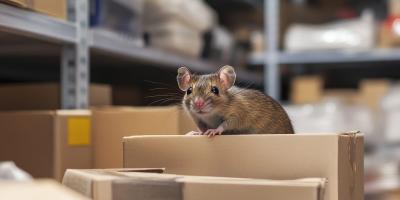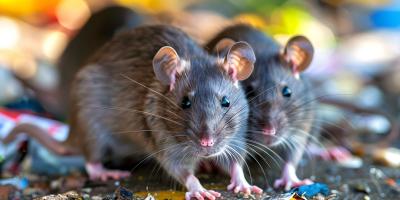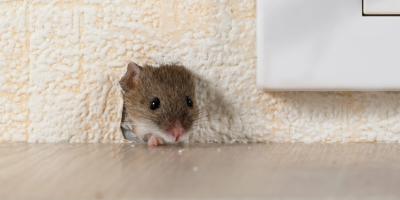How to Keep Pests Out of Your Buffet Area

Whether your hotel or restaurant offers a simple salad bar or a full-service buffet, the goal is to attract as many paying guests as possible. Unfortunately, the same flavors and aromas that have customers waiting to get in also attract far less-desirable patrons -- the ultimate dine-and-dashers: animal pests.
Show Non-Paying Patrons the Door
Beyond the ick-factor and the damage an obvious pest problem can do to a business’s reputation, pests can also affect your bottom line even more directly, by damaging or spoiling the wonderful foodstuffs you use to stock your buffet.
But pest control in a buffet-style setting can be tricky. You’ll want to filter out pests without calling attention to the pest control measures themselves. And if you do discover any pests, you’ll need to eliminate them swiftly and completely or else risk health code violations and possibly even fines.
Common Dine and Dash Pests
The pests that pose the greatest threat to table-service restaurants are the same as those drawn to buffets.
But the big difference between buffets and table service dining is the speed with which food is presented and then whisked away. The reality of buffet style dining means the food on offer will sit out for longer periods of time, compared to traditional dining, in which meals are delivered straight from the kitchen to the customer’s table.
In a buffet-style setting, the food service area that’s normally tucked away in the kitchen is on display for guests in the dining room. You simply can’t hide a pest problem from your buffet customers.
Here are the most common pests you’ll want to keep out of your buffet:
Cockroaches
These seemingly indestructible critters spread bacteria and disease everywhere they go. Not to mention, customers know a cockroach when they see one (and will tell everyone they know on social media all about it, too). Elimination and prevention requires the use of trained skill and professional products.
Rodents
Mice and rats love dining out, and you better not think a little cardboard or plastic is going to keep them away from your food storage. Rodent teeth are just as good at gnawing their way to the food as they are at chewing it up and eating it. Baiting, trapping, and monitoring are the only ways to keep a rodent problem suppressed, while also making sure that all entry points are found and sealed.
Flies
The bane of kitchens everywhere. Flies reproduce quickly, resulting in a ton of offspring. Strategically placed traps are important, but it’s only a band-aid. If you’re seeing more than a few flies a day, then that tells you that there is something in your restaurant that is attracting them and encouraging them to reproduce. A pest management professional should be consulted to identify the type of fly, as well as where they are colonizing before attempting to treat.
Pantry Pests
Beetles, weevils, moths and other grain-loving, starch-consuming pests will invade your food storage if given the opportunity to get a foothold in your food stock. The best offense is a good defense – while it’s nearly impossible to ensure that they won’t occasionally be brought in with your food orders, you can prevent them from spreading to the rest of your food by following some proper storage techniques and pursuing early detection with professional guidance.
Obviously, one of the best ways to prevent these and other pests is to follow all applicable health code guidelines to the letter. That means covering all food items, proper first-in-first-out stock rotation, a fastidious use of gloves and tongs, and steadfast commitment to hygiene, organization, and order.
When you’re literally offering food on a silver platter, it can be hard to keep pests at bay. It may be time to call the pros. Check out our Commercial Services page to request a free quote for your kitchen or buffet service.



